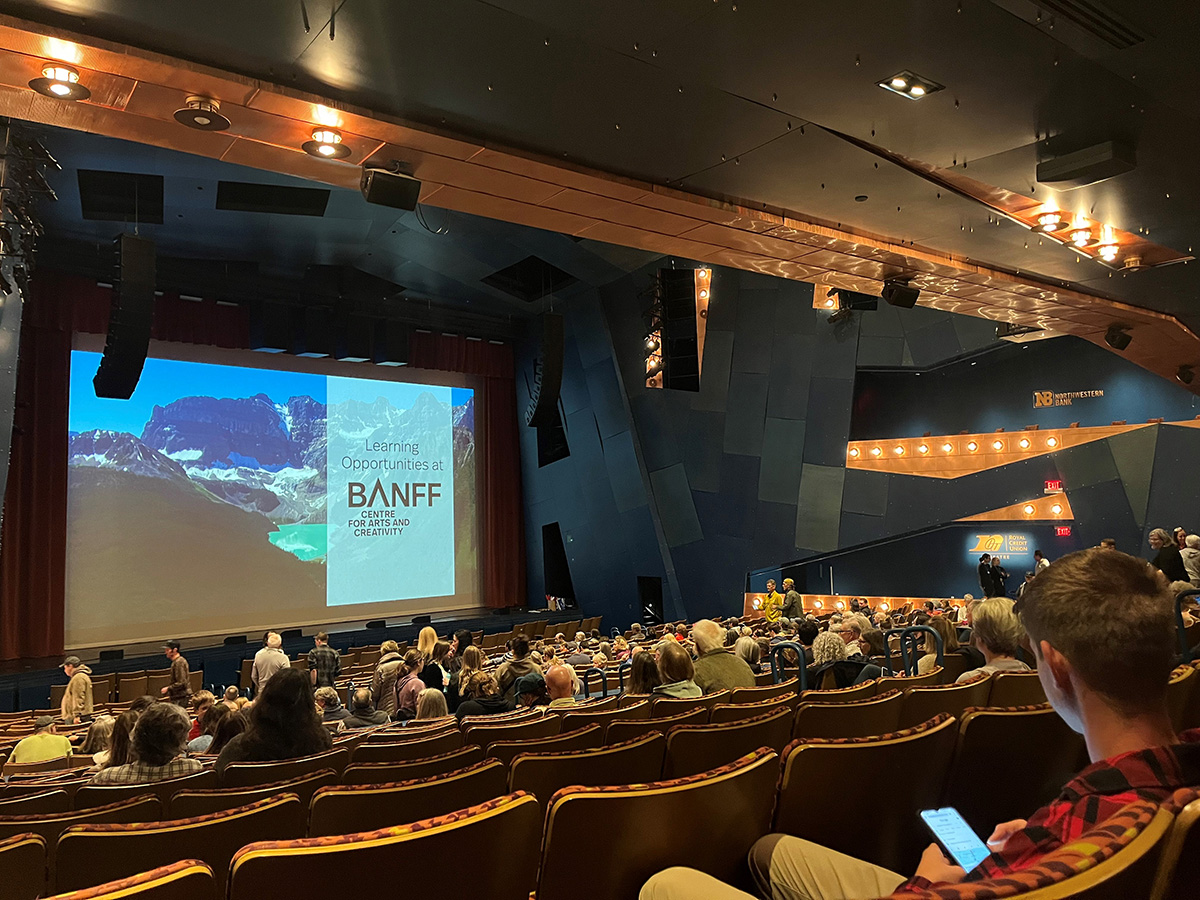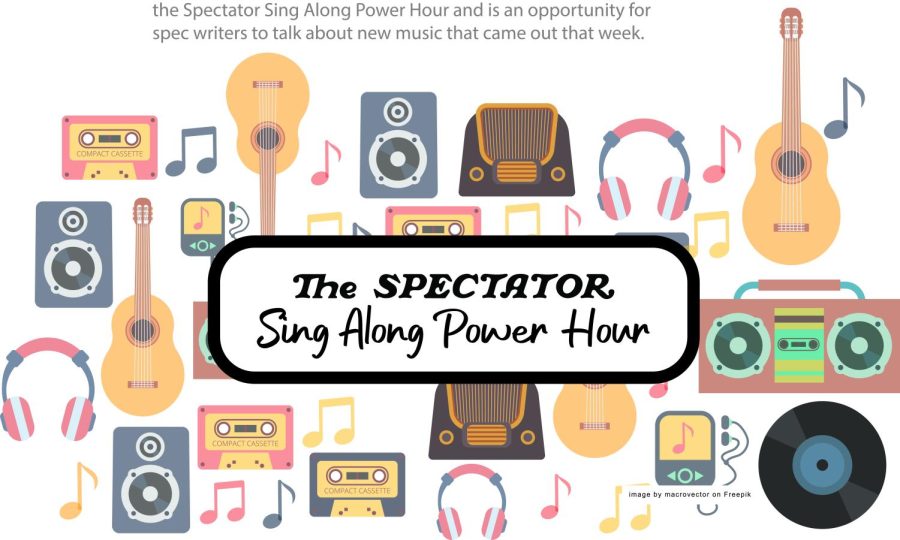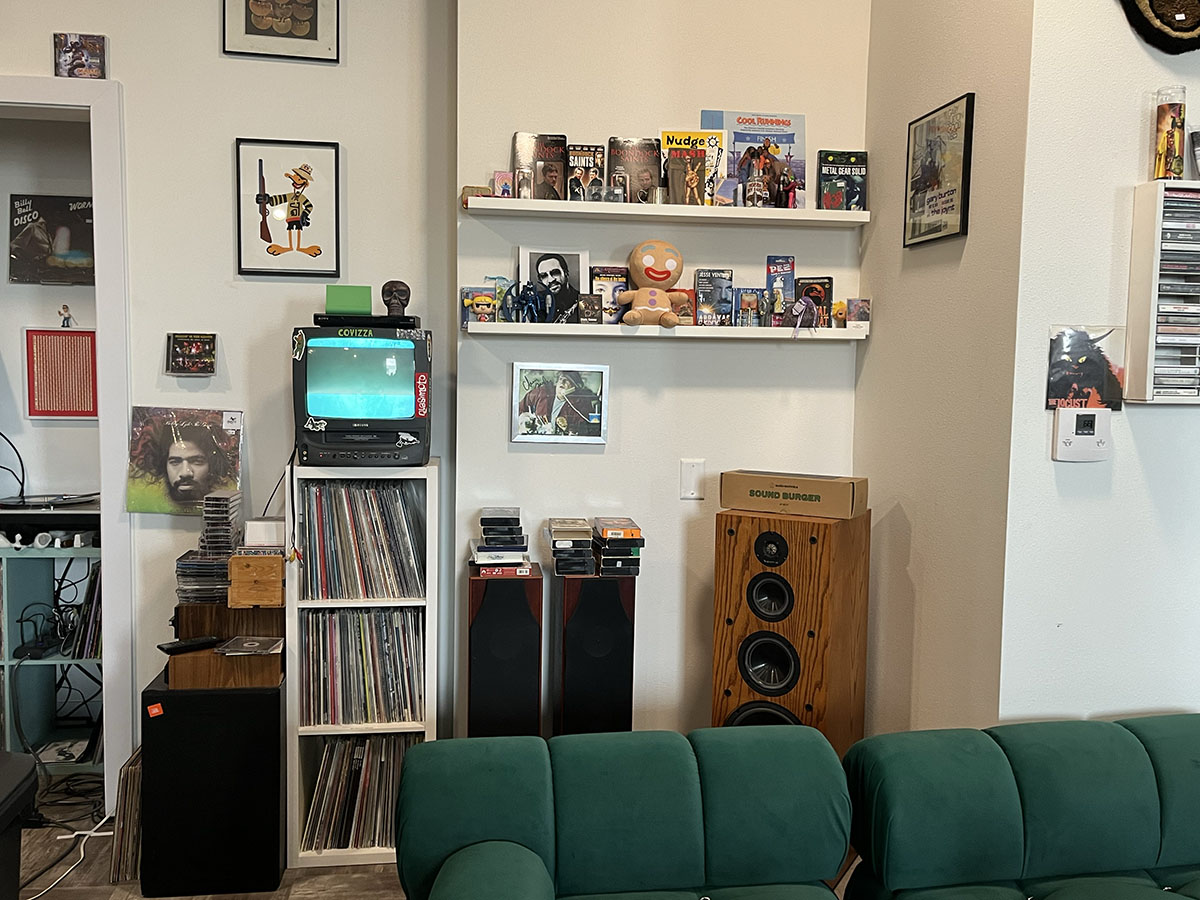When the European animated movie, “Fantastic Planet,” was first released in 1973, it was a film that was ahead of its time. While Disney was releasing “Robin Hood,” “The Aristocats” and “Jungle Book,” director Rene Laloux was releasing an original film that tackles philosophy and surrealism.
The film takes place on a futuristic planet where two races have evolved; the Oms, which closely resemble humans, and Draags, who are blue-skinned, red-eyed alien giants. Because of their size difference, the Draags are not exactly known for their kindness towards the Oms.
In fact, in the film’s opening sequence, we are shown a woman running while carrying a baby as an enormous hand descends and begins to treat her as if she were a rag doll. Despite the Draag having no concern for the woman’s safety, it is drawn to the woman’s child. It decides to take the infant on as a pet, eventually developing a relationship with it.
Meanwhile, the Draag Councillors discuss whether the current extermination methods they use to control the Oms are sufficient enough to keep their numbers at an acceptable level. It is revealed that Oms were first found on the planet, thus Draags have invaded their land and put them under their rule.
The film has a definitively unique look, and its animation is unlike that of many other animated movies. It also is different in that it goes extended periods of time without any dialogue and supplies the movie with a score that is reminiscent of blaxploitation film soundtracks, or even something Pink Floyd would write.
With these scenes, however, comes the difficulty of ever actually establishing a relationship between the viewer and the characters, or even a convincing enough relationship between the film’s characters. There are extended scenes where the Draag plays with her pet Om, but without dialogue it becomes difficult to tell if there is an actual connection between the two characters.
Additionally, the film tries a little too hard to explain the world it is presenting. Essentially, the technology used by the Draags and the physics of their world isn’t vital to what the film is trying to do. It has no bearing on the audience getting the film’s commentary and philosophical beliefs. In fact, it almost makes it harder to grasp and collect these things because of the distraction these presentations provide.
The film also suffers from a lackluster ending that is an overall letdown because of the buildup to it. It almost solidifies how the film is just a cartoon, something it almost overcomes in everything else that it does.
“Fantastic Planet” has been critically praised and won the grand prize at the 1973 Cannes Film Festival. Unfortunately, this likely has to be a result of people supporting its message more than actually supporting the way in which it is made. The film is a good one and its message rings loud and clear, but the poignancy of it all is just slightly less than what it could have and should have been.






